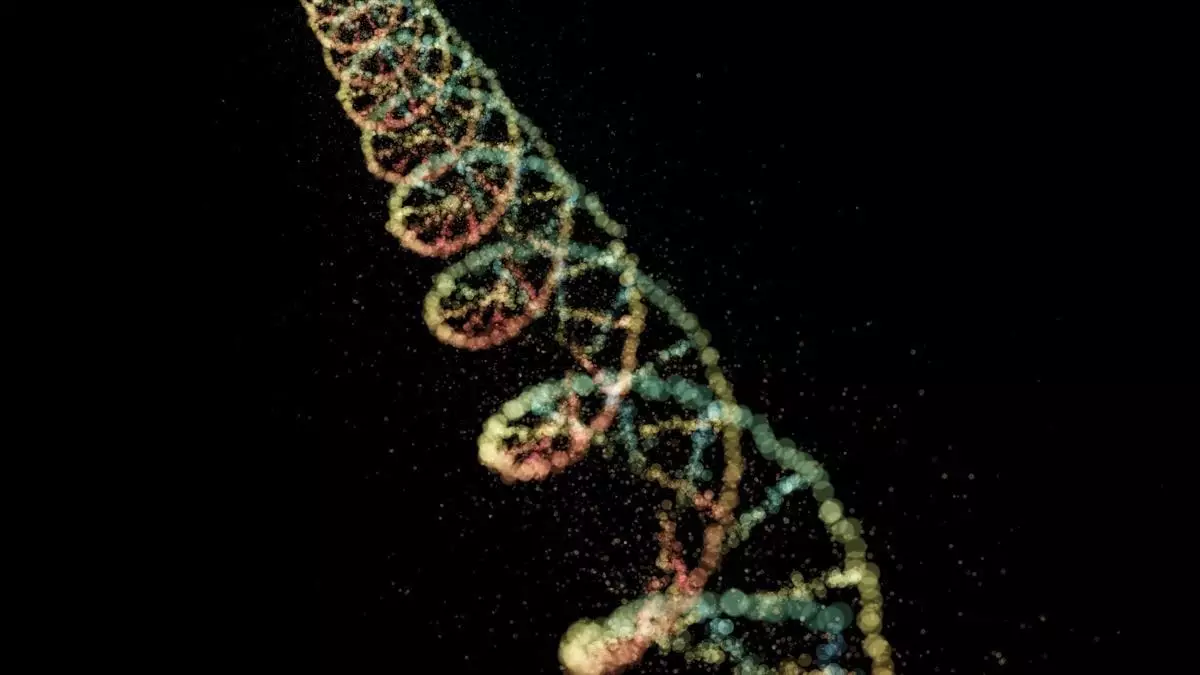As the field of gerontology continues to evolve, recent discoveries have shed light on the intricate mechanisms that underpin biological aging. A recent study published in *Nature Aging* opens exciting avenues for understanding the dynamics between genetic mutations and epigenetic changes, potentially transforming our approach to aging research. This article delves into the newfound connections between these two biological aspects and what it could mean for our understanding of age-related processes and diseases.
Biological aging has often been viewed through a lens that emphasizes the accumulation of genetic mutations. These mutations arise due to various factors such as environmental stressors, errors during DNA replication, and a waning ability of the cellular repair mechanisms. Traditionally, researchers associated these genetic anomalies with age-related conditions like cancer and neurodegeneration. However, the biological landscape is more intricate than previously assumed, as epigenetic changes—modifications that affect gene expression without altering the underlying DNA sequence—have emerged as crucial players in the aging process.
The study in question highlights the role of “epigenetic clocks,” which are tools designed to estimate biological age based on specific DNA markers. Notably, these clocks have been increasingly used to predict health outcomes and lifespan, revealing a direct link between aging and epigenetic changes. The researchers posited that genetic mutations might not only contribute to aging as a passive phenomenon but also actively influence epigenetic alterations that affect cellular functioning.
One of the most compelling findings from the recent study emphasizes the bidirectional relationship between DNA mutations and epigenetic modifications. This interconnectedness poses an intriguing question: do epigenetic changes arise as a consequence of genetic mutations, or do they play a role in driving these mutations? Dr. Steven Cummings and other researchers have pointed to a notable correlation between specific mutations and subsequent alterations in epigenetic markers, indicating that mutations could trigger cascading effects throughout the genomic landscape.
For instance, Professor Trey Ideker’s observations of DNA methylation changes at mutated sites reveal that whereas certain areas exhibit a loss of methylation, surrounding genomic regions display an increase. This suggests that genomic changes may ripple outward, affecting a larger framework of gene expression and potentially altering overall cellular behavior. Deciphering this complex interplay could revolutionize our understanding of both aging and the mechanisms of disease, especially as researchers strive to determine whether this relationship reflects the past effects of aging or actively participates in the aging process.
If DNA mutations are indeed primary drivers of aging, as proposed by Dr. Cummings, this could signify a paradigm shift in anti-aging research efforts. Modulating epigenetic markers may seem like an attractive pathway for extending healthspan or lifespan. However, the challenge of reversing specific genetic mutations proves substantially more intricate. The implications of this research extend beyond mere theoretical musings; they urge scientists to reevaluate the strategies employed in longevity research.
Furthermore, experts have underscored the necessity for additional studies to confirm these initial findings. Much of the data underpinning the current study were derived from cancer patients, a population that may not accurately reflect the general aging process in non-cancerous tissues. Conducting longitudinal studies to track the interplay between genetic and epigenetic transformations over time could provide a more comprehensive picture, leading to refinements in current methodologies and tools like epigenetic clocks.
Ultimately, the odyssey to decipher the interconnections between genetic mutations and epigenetic clocks represents an exciting chapter in biological research. Prospective laboratory experiments designed to induce specific mutations in cellular models could help elucidate the direct impact of these changes on epigenetic modifications. By refining our understanding of these foundational biological processes, a more nuanced comprehension of aging at the molecular level will surely emerge.
As we stand on the cusp of potential discoveries that could redefine our approach to health and aging, continued exploration into the molecular intricacies of genetic and epigenetic interactions remains imperative. The implications for society are profound: we may soon discover not only how to pet from longer lives but also significantly improve the quality of those lives. The future of aging research is not just about adding years; instead, it focuses on enhancing the vitality and well-being within those years through a profound understanding of our genetic underpinnings.

